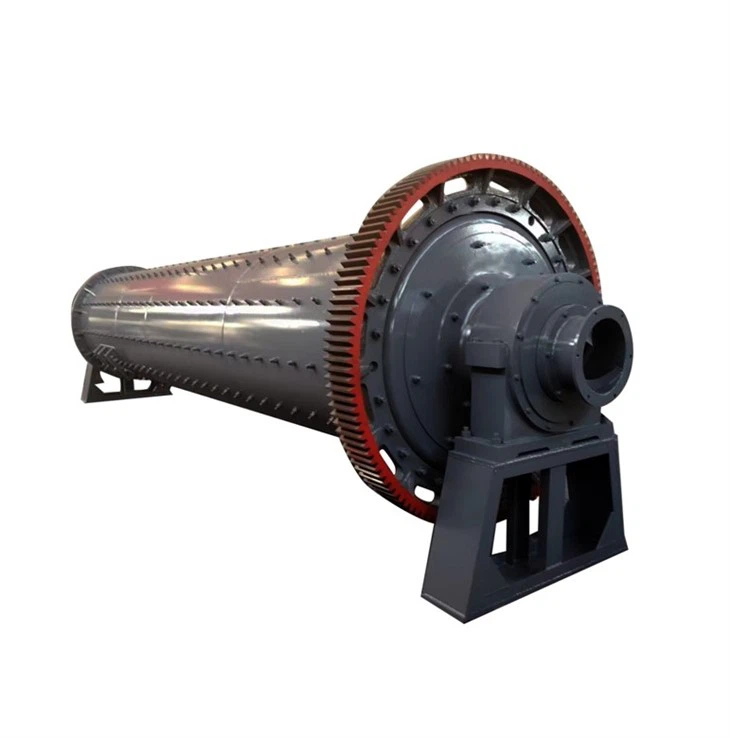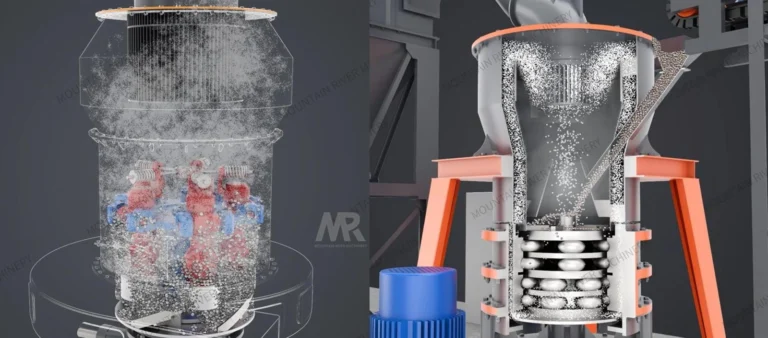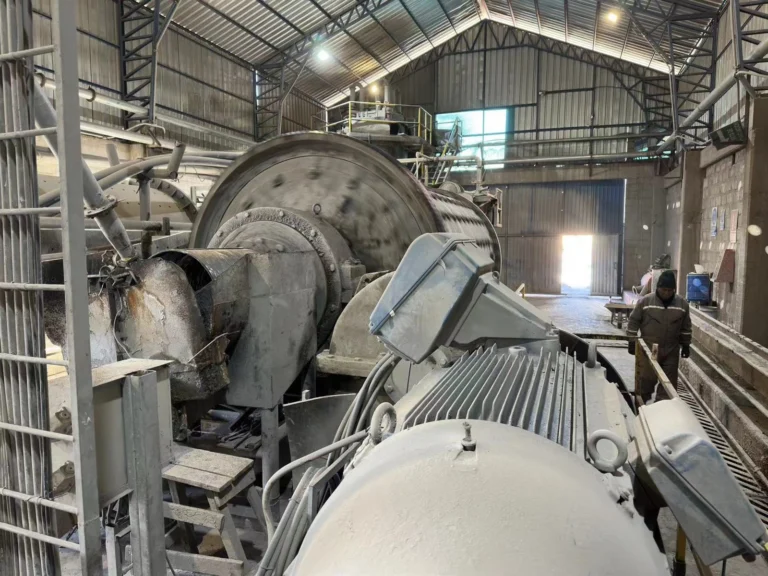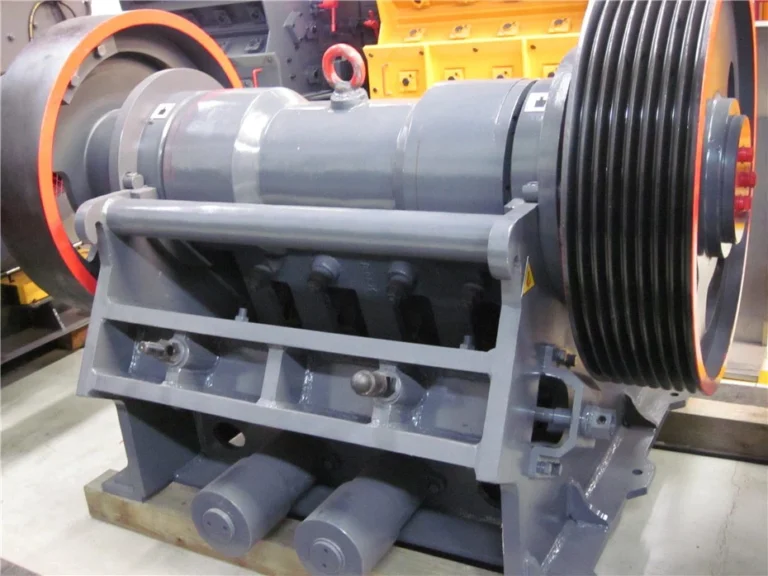What Is The Difference Between Impact Crusher And Jaw Crusher?
Introduction
A crusher is a machine that breaks material, usually rocks, into smaller pieces. Crushers are used in various industries, such as mining, construction, and recycling. Two commonly used types of crushers are the impact crusher and the jaw crusher. Although they perform similar functions, there are distinctive differences between them. In this article, we will delve into the disparities between impact crushers and jaw crushers, highlighting their unique features, working principles, applications, and advantages.
Overview of Impact Crusher
An impact crusher, also known as a hammer crusher, utilizes high-speed impact forces to break rocks, ores, or other materials. The material is fed into the machine from the top and then impacted by the hammers on the rotor. The hammers strike the material, causing it to break into smaller pieces and exit through the bottom of the machine.
Key Features of Impact Crusher
1. Rotor and Hammer Design: Impact crushers have a rotating rotor with hammers or blow bars that strike the material. The design of the rotor and the arrangement of the hammers determine the specific characteristics of the crushed product.
2. High Crushing Ratio: Impact crushers generally have a higher crushing ratio compared to jaw crushers. This means that they can produce more finely crushed materials.
3. Cubical Shape: Impact crushers are known for producing a cubical-shaped end product. The impact forces exerted on the material result in a more uniform shape compared to jaw crushers.
4. Versatility: Impact crushers can handle a wide range of materials, including soft to medium-hard rocks, ores, and recycled concrete. They are suitable for both primary and secondary crushing stages.
Working Principle of Impact Crusher
The working principle of an impact crusher involves the use of impact or striking forces to break the material. When the material enters the crushing chamber, it encounters the rotating rotor with hammers or blow bars. The rapid rotation of the rotor imparts kinetic energy to the hammers, which collide with the material, creating impact forces. These impact forces cause the material to break into smaller pieces.
Applications of Impact Crusher
Impact crushers find numerous applications in various industries due to their unique features. Some common applications include:
1. Mining Industry: Impact crushers are extensively used in the mining industry to break down ores and rocks into smaller pieces for further processing.
2. Construction and Demolition Waste Recycling: Impact crushers are used to crush concrete, asphalt, and other construction waste materials to produce recycled aggregates.
3. Quarrying: Impact crushers are commonly used in quarrying operations to process various types of rocks into aggregates used in construction.
4. Industrial Applications: Impact crushers are employed in various industrial sectors, such as cement, chemical, and metallurgical industries, to crush materials for further processing.
Advantages of Impact Crusher
1. High Crushing Efficiency: Impact crushers provide high crushing efficiency due to their ability to impart strong impact forces on the material. This results in a higher reduction ratio.
2. Cubical-Shaped End Product: The impact forces generated by the hammers produce a cubical-shaped end product, which is preferred in many applications, such as concrete production.
3. Selective Crushing: Impact crushers can selectively crush materials based on their characteristics, such as hardness and size. This allows for better control over the final product.
4. Low Operational Costs: Impact crushers generally have lower operating costs compared to jaw crushers. They require less maintenance and have fewer wear parts, resulting in reduced downtime and lower operational expenses.
Overview of Jaw Crusher
A jaw crusher is a compression-type crushing machine that utilizes a fixed jaw and a movable jaw plates to crush hard materials. The material is fed into the crushing chamber between the two jaws and is compressed, crushed, and discharged through the bottom opening.
Key features of Jaw Crusher
1. Movable Jaw: The movable jaw is a key component of the jaw crusher that applies force to the material during the crushing process. It has a reciprocating motion, moving back and forth against the fixed jaw.
2. Fixed Jaw: The fixed jaw is a stationary component of the jaw crusher that houses the movable jaw. It provides support and helps in the crushing process.
3. Uniform Crushing: Jaw crushers produce a more uniform product compared to impact crushers. The material is crushed by compression and shear forces between the jaws.
4. Adjustable Discharge Size: The gap between the jaws of a jaw crusher can be adjusted to control the size of the crushed product. This feature allows for more precise control over the final output.
Working Principle of Jaw Crusher
Jaw crushers operate based on the principle of compression crushing. The material is fed into the crushing chamber between the fixed jaw and the movable jaw. The movable jaw exerts force on the material, crushing it against the fixed jaw. The crushed material then exits the crushing chamber through the bottom opening.
Applications of Jaw Crusher
Jaw crushers are widely used in various industries due to their versatility and reliable performance. Some common applications include:
1. Quarrying and Mining: Jaw crushers are extensively used in quarrying and mining operations to crush large rocks into smaller particles for further processing.
2. Aggregate Production: Jaw crushers are used to produce aggregates for construction purposes, such as road base, concrete, and asphalt.
3. Recycling: Jaw crushers are utilized to crush and recycle construction and demolition waste materials, reducing the need for landfilling.
4. Industrial Applications: Jaw crushers find applications in various industrial sectors, including chemical, pharmaceutical, and ceramics, where material size reduction is required.
Advantages of Jaw Crusher
1. Versatility: Jaw crushers can handle a wide range of materials, including hard and abrasive ones. They are suitable for both primary and secondary crushing applications.
2. Simple Structure: Jaw crushers have a simple structure, consisting of two jaws, making them easy to operate and maintain.
3. Low Operational Costs: Jaw crushers have lower operational costs compared to impact crushers. They have fewer moving parts and require less energy for crushing operations.
4. High Reliability: Jaw crushers are known for their high reliability and durability, making them suitable for continuous operation in demanding conditions.
Conclusion
In conclusion, both impact crushers and jaw crushers have distinct differences in terms of their features, working principles, applications, and advantages. Impact crushers excel in producing cubical-shaped end products, provide higher crushing efficiency, and are suitable for a wide range of materials. On the other hand, jaw crushers offer uniform crushing, adjustable discharge sizes, and versatility in various industrial sectors. Understanding these disparities is crucial when selecting the appropriate crusher for specific applications. Whether it is an impact crusher or a jaw crusher, both play significant roles in material processing and contribute to diverse industries worldwide.






